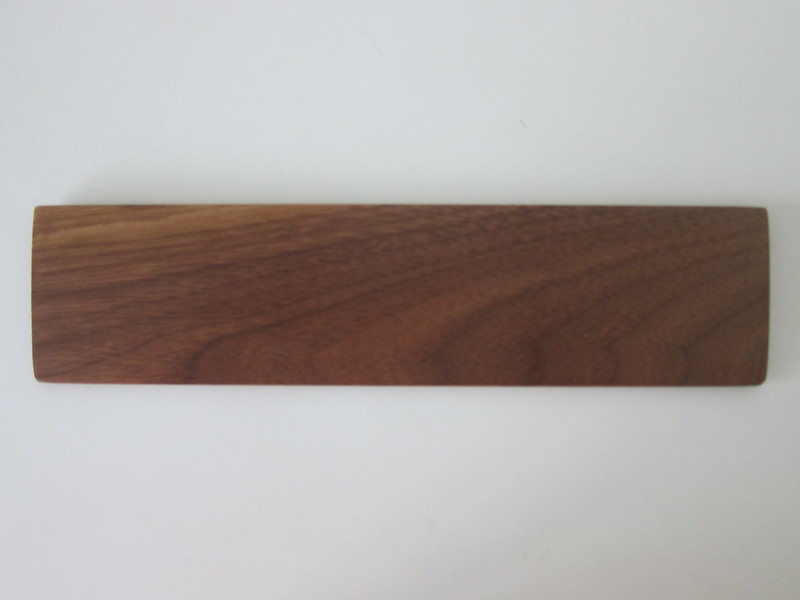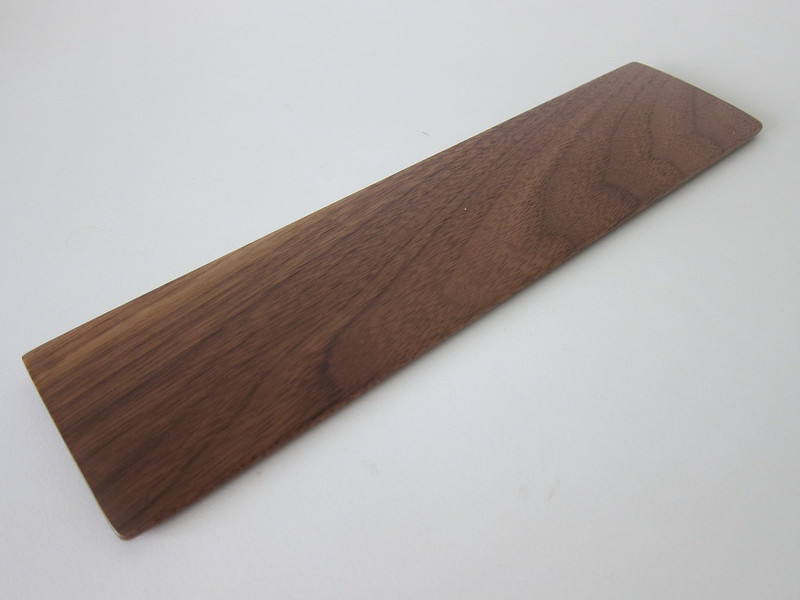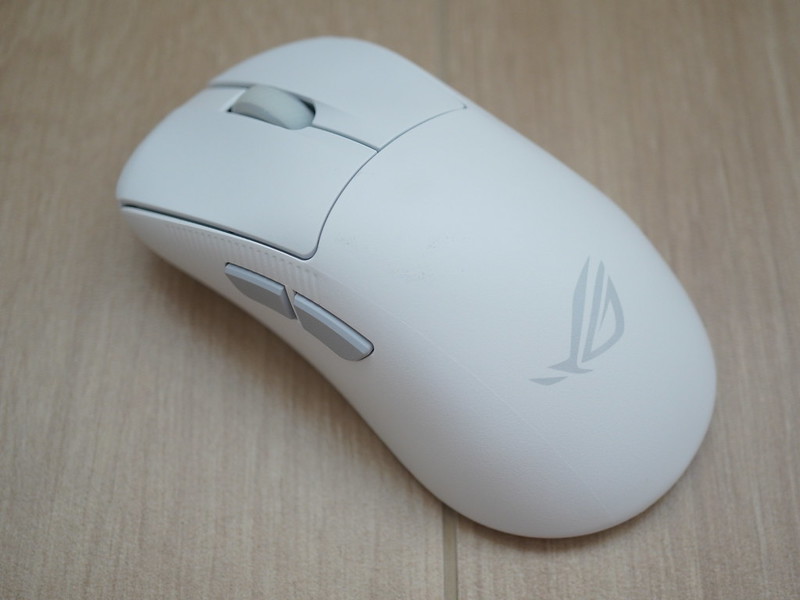Keychron K7
It has been a while since I bought a keyboard, and recently, I have seen all the hype about Keychron keyboards.
So when Keychron started a Kickstarter project for the Keychron K7 65% Wireless Mechanical Keyboard, I backed it immediately.
I pledge for the reward, Hot-Swap – K7 RGB Backlit – Optical, for US$74 (S$100), and shipping to Singapore is an additional US$7 (S$10).
The project got successfully funded on 13th August 2021 after backing from 5,253 backers who pledged US$498,241 in total.
And this got to be the most efficient Kickstarter project ever because after being successfully funded on 13th August 2021, I received the keyboard on 12th September 2021. It took them exactly a month.
Keychron K7 Keyboard is a 65% sized wireless mechanical keyboard.
Unboxing
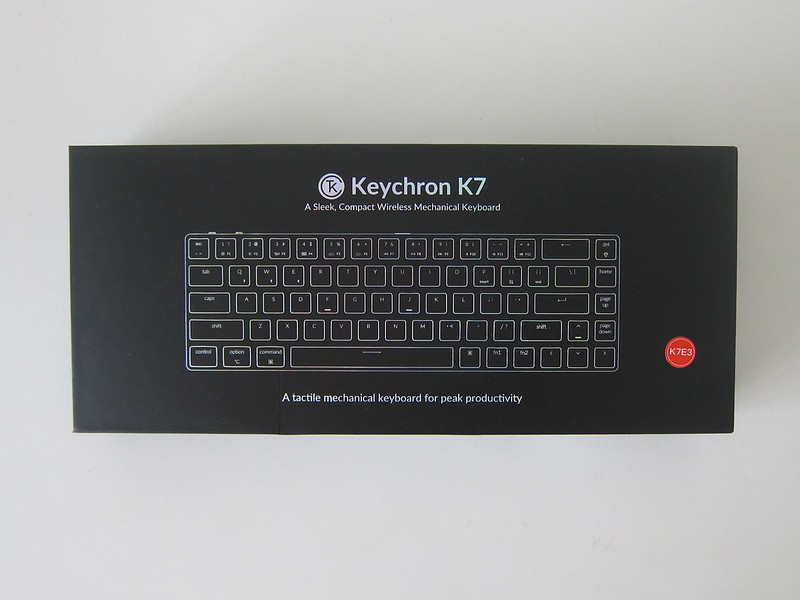




Design
I chose optical switches instead of mechanical switches because the former has a better response time since it uses light.
For the optical switch option, I don’t know the actual difference between all of them. I went to watch and listen to their Keychron K7 Typing Sound Test, and I chose the switch that I like the sound the most. In this case, it is the optical brown since it is quieter.


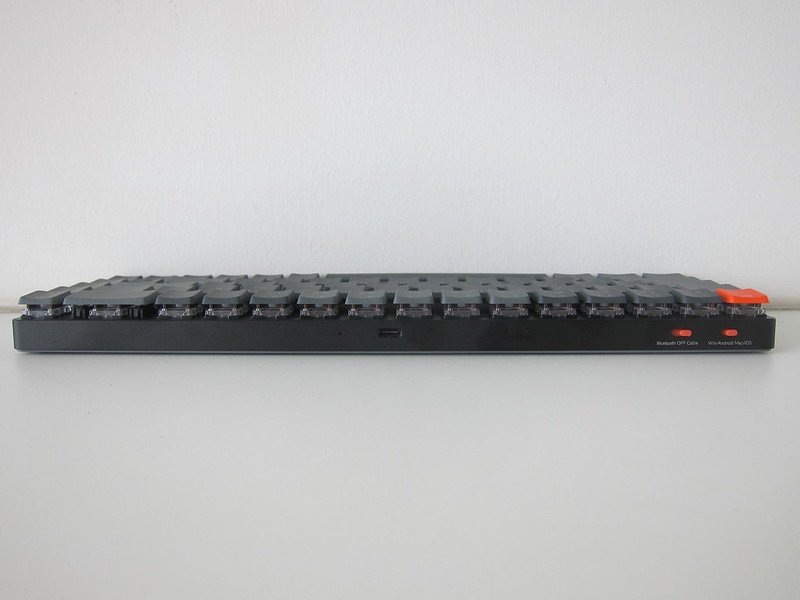
There are two switches on the top of the keyboard.
One is to toggle between, Wireless (Bluetooth) and Wired connection for your keyboard. And the other is to determine whether the keyboard is being used on a Windows PC or Mac.


It comes with a 1,550mAh rechargeable li-polymer battery that you can charge using the USB-C port.

So far, my only complaint is the backtick and tilde keys are together with the escape key. So I need to press the fn1 and fn2 keys to get the backtick and tilde keys, respectively. This slows me down when it comes to pasting code in Slack or getting to my home directory in the terminal.
I am still getting used to it. If you are like me, you can consider the Keychron K3 instead of the Keychron K7, which has extra rows of keys.

Keychron Low Profile Tester
Since I get free shipping on accessories from Keychron’s website together with my K7, I bought an extra Keychron Keyboard Wooden Palm Rest for US$25 (S$36) and Low Profile Keychron Optical Switch Set (Low Profile Tester / 12 Switches) for US$6 (S$8).
Since I am not familiar with all the optical switch options, the Low Profile Tester will come in handy to give me a feel of the different switches.




Keychron Keyboard Wooden Palm Rest
Because Keychron keyboards are slightly elevated, your wrist might not get used to it if you are coming from Apple Magic Keyboard.
So the palm rest will solve this issue.

